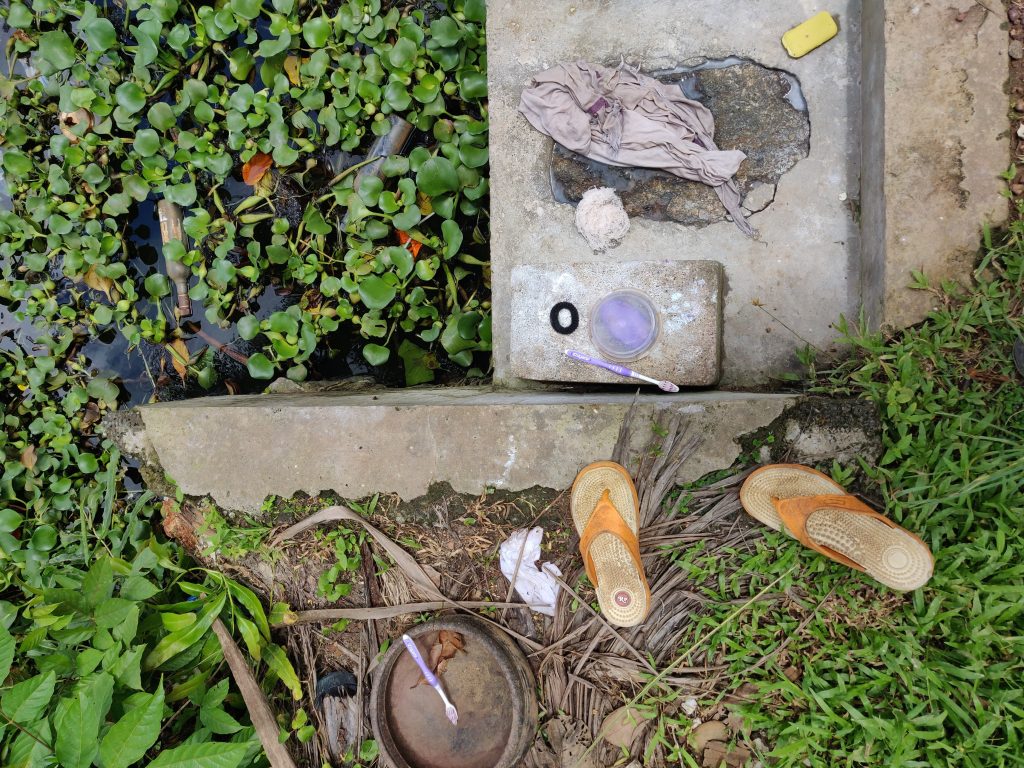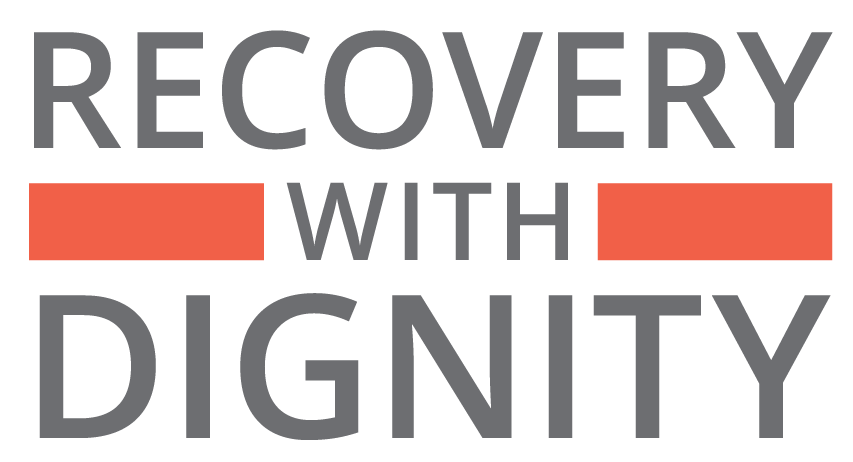HOSTED BY:


INTRODUCTION
Disaster impacts are never short-term. The crisis does not come to an end when the immediate physical effects of a hazard cease or when the last survivors have been rescued, buildings have been made safe, relief supplies have been set in place, and the news cameras have moved elsewhere. Impacts on lives, livelihoods and wellbeing extend through time. In some cases, and for some population groups, restoring economic resources, utilities and welfare services can take many years. Individual trauma and social disruption of course can last much longer. Recovery from disasters is an inherently prolonged and uneven process.
DISASTERS ARE NOT NATURAL
Shifting the blame of a disaster on to ‘nature’ or ‘god’ exonerates those who could have helped avoid them.
- #DisastersAreNotNatural
- Disasters are a result of accumulated vulnerabilities that are socially generated and no disaster is truly ‘natural’
- Hazard may be uncertain and ‘unforeseen’, but vulnerabilities to hazards pre-exist

PEOPLE ARE CAPABLE AGENTS
Seeing disaster-affected people as ‘victims’ or ‘beneficiaries’ ignores their agency, abilities and individuality in the recovery processes
- #CommunityLedRecovery
- People may be in the same flood, but are on different boats. Disasters affect different people differently based on their specific circumstances, vulnerabilities, and resources they have access to.
- Focus on extreme suffering by the media may be compassionate, but it normalises affected people’s image as dependent on handouts rather than as being capable of rebuilding their lives.

RECOVERY BEYOND THE VISIBLE
Disaster recovery tends to focus on building or repairing physical infrastructure; environmental damages and psychosocial impacts are less ‘seen’ and are often poorly addressed
- #RecoveryWithDignity
- The damages and disruptions caused by a hazard may seem obvious, but many of the impacts such as environmental losses and social changes only present themselves over time.
- Holistic area-based approaches to long-term recovery are required to address second order (often nonlinear) issues.

REMEMBERING (OR FORGETTING)
Approaches to remembering/ memorialising disasters reflect different priorities and pathways to recovery
- #Memorialization
- Official versions of memorialisation such as the creation of monuments or the hosting of annual commemorative events are often shaped by a desire to strengthen or repair state-society relations, but they do not necessarily match the preferences expressed by disaster-affected communities.
- Disaster memorialisation may be a powerful reminder of disaster impacts, but is not always welcome by affected people, who have different ways to remember (and forget) disasters

ROLE OF THE MEDIA
Print, broadcast and online media organisations play a key role in circulating ideas about recovery, as well as shaping and re-shaping them
- #DisasterMedia
- The tendency to report visible and tangible impacts and to aggregate losses in quantifiable numbers homogenises impacts and masks the intangible losses
- Relief and reconstruction dominate disaster coverage, and long-term impacts or recovery processes are rarely covered, leaving people in a lurch to find a platform to raise their voices as new needs arise over time.

DIVERGENT PRIORITIES
Dominant ideas about what is needed to recover may not always match the priorities of those most affected
- #RecoveryWithDignity
- The readiness to provide housing or infrastructure reconstruction by recovery actors in turn influences people’s stated ‘demands’ over time, even if their needs may be different than those.
- While there are actions that people can take themselves to help recover (e.g. rebuilding a house), the state needs to prioritize addressing issues for which people themselves may not not have the resources (e.g. reversing groundwater salinity).

NEGLECTED NEEDS
One-size-fit all recovery interventions can render some social groups and their needs almost invisible in post-disaster interventions
- #RecoveryWithDignity
- Amid the urgency of post-disaster action, already-marginalised groups, such as the landless poor, certain castes, migrant workers in flood-prone coastal zones, scheduled tribes in landslide-prone uplands, draw even less attention than they normally receive.
- Marginalised groups have the least physical, social and cultural access to the media, and in the process remain unheard by those making decisions about support and interventions.

ALTERNATE PLATFORMS FOR SELF-REPRESENTATION
Self presentation, through art, legal recourse, collective action, enable neglected groups make their voices heard and their actions count
- #RecoveryWithDignity
- Disaster affected people create the means to redefine their needs and articulate them through their own voices and actions. For this, they self-organise to try to shape their own recovery trajectory.
- Increasingly, disaster-affected people are using creative means such as community theatre and painting murals in public spaces to raise awareness around their needs and to influence the opinions of others. Such forums are often organised with outside support, but they can provide an alternative, accessible channel for self-representation.


